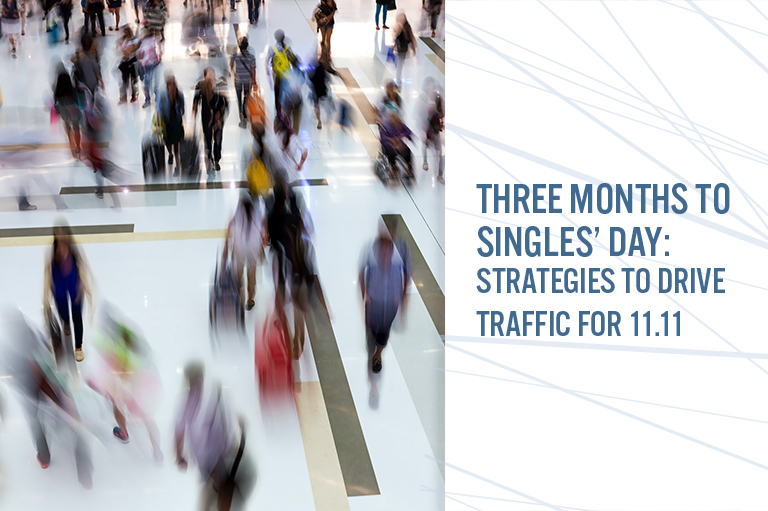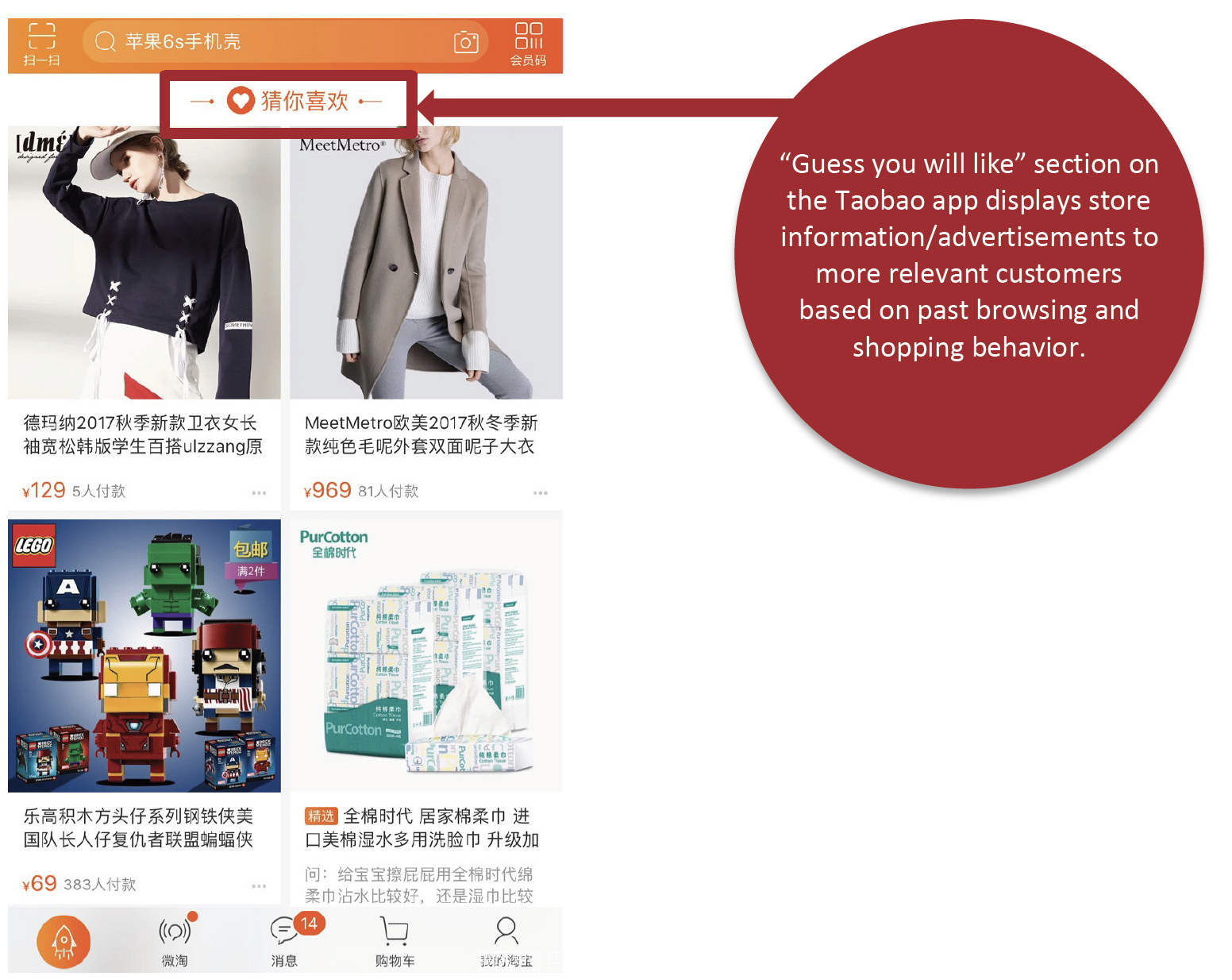
albert Chan
Singles’ Day, held annually on November 11, began as a festival of young Chinese people celebrating their pride in being single. Alibaba started promoting the day as a shopping festival in 2009 and officially named it the 11.11 Global Shopping Festival. Last year, the festival recorded GMV of $30.8 billion on Alibaba’s platforms. This event is so important that merchants on Tmall, Alibaba’s B2C e-commerce platform, can sell as much in one day as they normally would in a month. We looked at the scale of growth in 2018 on Tmall and Tmall Global in two separate reports.
In this report, we continue our countdown to 2019’s Singles’ Day to help merchants prepare for and make the most of the huge opportunity, looking at traffic promotion mechanisms on Tmall and Taobao platforms.
What are the Traffic-Driving Strategies?
Brands and retailers can acquire traffic in the following ways:
 Source: Taobao app[/caption]
There are three advertisement options available:
Source: Taobao app[/caption]
There are three advertisement options available:
- Paid promotions: Merchants can acquire traffic through paid advertisements, the fees of which are determined by click rates, times of display and number of goods sold.
- Fans/followers traffic: Merchants use content marketing tools to acquire new store followers and engage existing fans to bring traffic to stores. (We discussed content marketing in our previous Singles’ Day countdown report).
- Other traffic from offline/traditional channels: Merchants can consider offline marketing events and pop-up stores to raise awareness for their Tmall/Taobao stores. Traditional channels such as TV and billboard advertisements are also ways to promote products in the run up to Singles’ Day.
 Source: Taobao app[/caption]
There are three advertisement options available:
Source: Taobao app[/caption]
There are three advertisement options available:
- Cost Per Thousand Impression (CPM): Fees are charged based on every one thousand displays to the merchant’s target customers.
- Cost Per Click (CPC): Charged based on how many times users click on advertisements.
- Cost Per Sales (CPS): Based on the number of items sold.
- Preparation period (late Aug-Sep): Merchants can review target customer strategy by studying store visitor profiles in the past 30-60 days to identify changes in product popularity, customer profiles or other shifting trends to ensure optimal positioning for Singles’ Day.
- Accumulation period (Sep-Oct): After reviewing the store visitor profile, merchants can determine if they need to invest in awareness campaigns to reach specific customer groups or to boost sales of specific hero products. Merchants can use CPM advertising to reach a wider audience or to reinforce brand awareness among existing customers. An optimized CPC tactic can also increase click rates for hero products. Paid promotions should aim to increase awareness of the stores and, together with content marketing, seek to engage existing and new customers.
- Pre-sale period (late Oct-Nov 10): Merchants should focus promotion efforts for pre-sale products, modifying product descriptions and keywords to attract users to product pages.
- November 11: On Singles’ Day, merchants can consider increasing their real-time bidding price to display their ads to as many potential customers as possible.